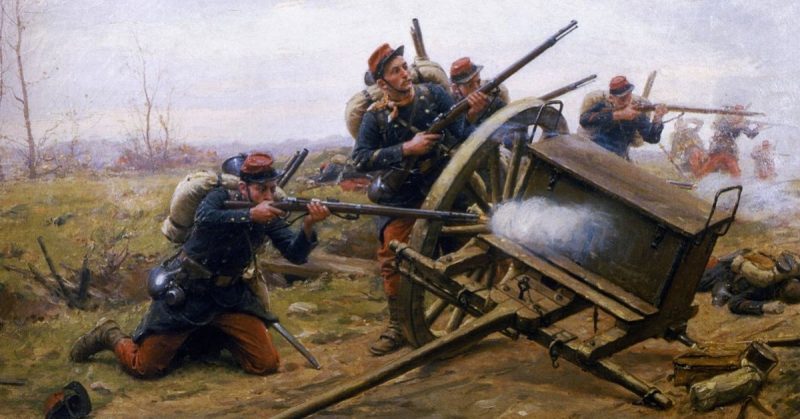Today, Paris is a peaceful city, a rich cultural hub, and home to one of the most powerful governments in Europe. But over the course of its history, it has repeatedly been caught up in war, besieged by one army or another.
845
In the spring of 845, a fleet of Vikings led by a man named Ragnar started sailing up the Seine. This Ragnar may have been Ragnar Lodbrok, a figure of legend who featured in the Danish sagas, but the evidence isn’t clear enough to be definite about this.
Ragnar had been awarded land by Charles the Bald, King of West Frankia, and was angry at having had the land and Charles’s favor taken from him. He was out for revenge.
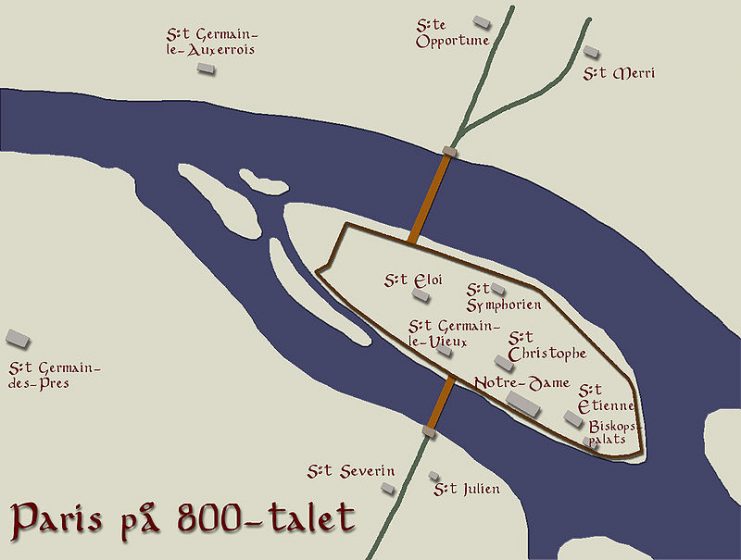
Ragnar and his men sailed up the river to Paris. With 5,000 men carried on 120 longboats, Ragnar’s raiders outnumbered Charles’s army, which was divided between the two sides of the river.
The Vikings defeated the Franks on one bank, laid siege to the city, and entered it on the 29th of March. They then pillaged the city.
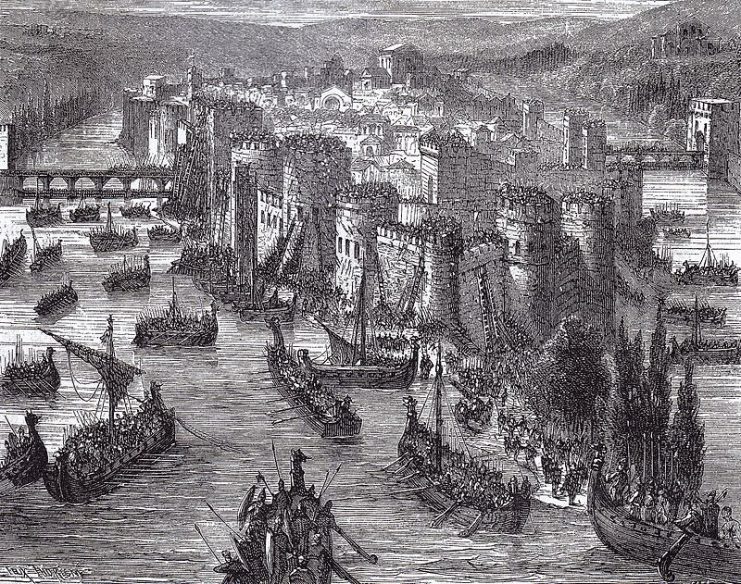
Unable to drive off the Vikings by force, Charles paid them 7,000 livres (5,670 lb) of gold and silver to go away – the first of 13 such payments the Franks would eventually make to the Vikings.
885-6
Forty years later, the Vikings were back. Hundreds of longboats carried thousands of Danish and Norwegian raiders up the Seine, arriving at Paris in November 885.
Having seen that the Franks could be bullied into paying to be left in peace, they set up camp outside the city walls and demanded tribute.
There were only a few hundred soldiers available to defend the city, led by the redoubtable Count Odo of Paris. Odo refused to give in to the Vikings’ demands, instead choosing to hold out against them.
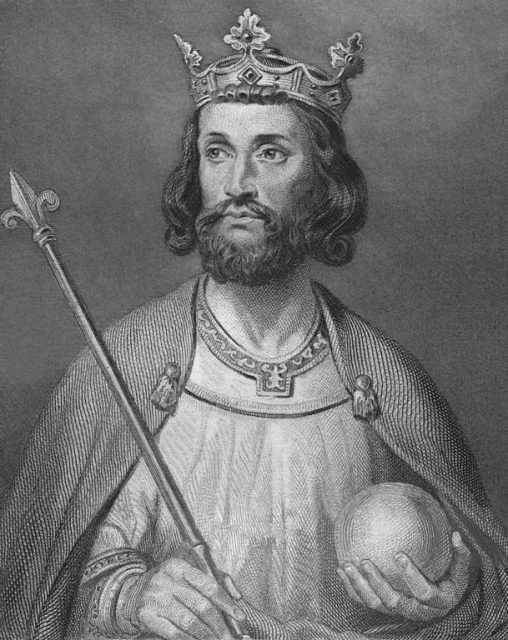
The Vikings drew up siege engines and spent several days assaulting the city. Held off by the plucky defenders, they settled in for a protracted siege.
Over the winter, many Vikings left in search of richer pickings, but the remainder still had the city tightly contained. Another assault in the summer of 886 failed to break through the defenses.
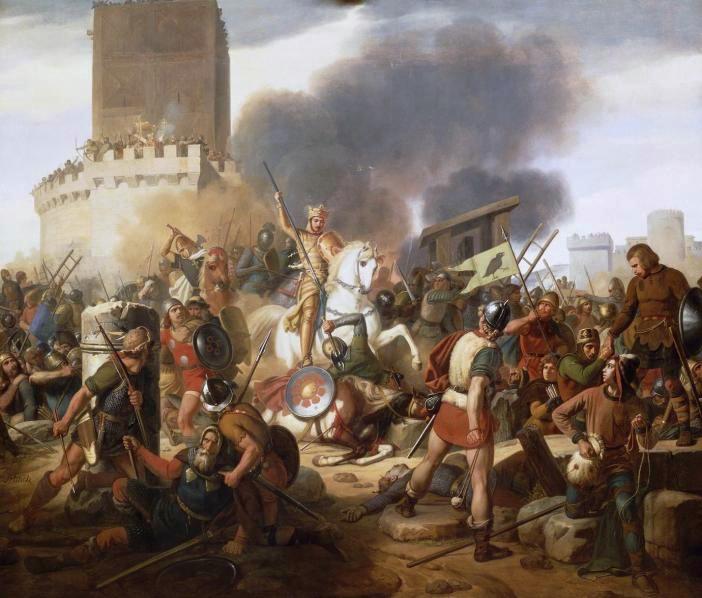
In October, after nearly a year under siege, Paris was finally relieved by the Carolingian Emperor Charles the Fat. To the anger of the Parisians, instead of attacking the Vikings, Charles promised them 700 livres of silver and let them sail away to raid the rebellious Burgundians.
The siege cemented Odo’s reputation as a leader, as did his resistance to Charles’s settlement with the Vikings. Two years later, on the death of Charles, Odo was elected emperor.
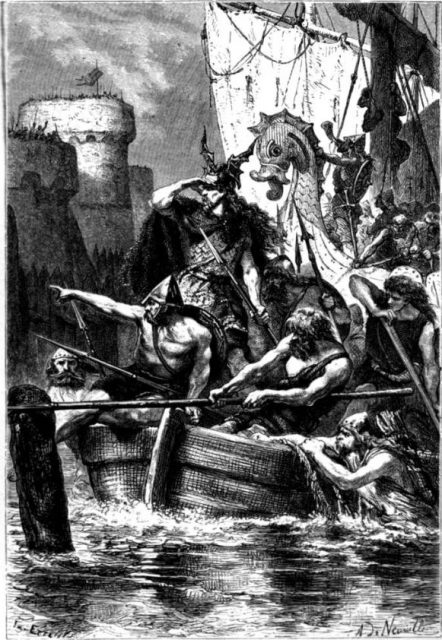
1429
By 1429, France had endured over 90 years of intermittent war, as the English and French monarchies vied for control of the northern and western parts of the country.
The city was controlled by the English and the Burgundians, a powerful French faction who had sided with England. Many Parisians favored the English due to their dislike of the French king, Charles VII.
When a young warrior woman named Joan of Arc revived flagging French spirits, Charles decided that the time had come to retake his lost city.
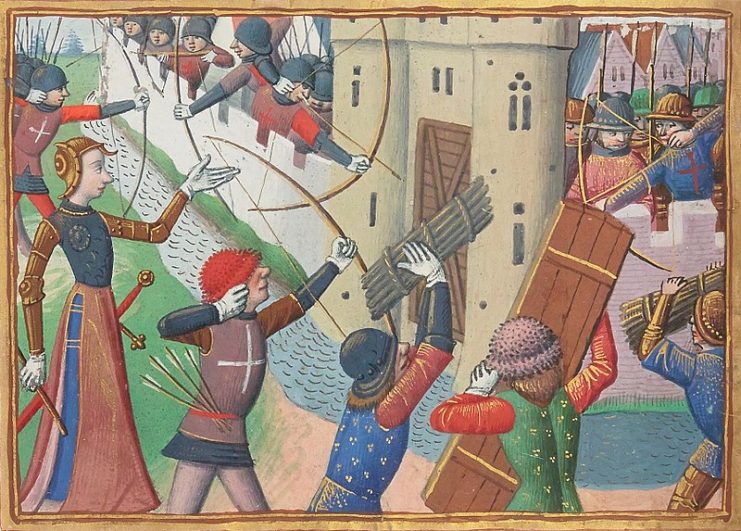
On the 3rd of September, a French army arrived outside Paris. They spent several days on reconnaissance, checking the state of the defenses, in particular, the gates. On the 8th, they attacked.
On Charles’s orders, the assault was led by Joan. She led an advance straight at the main gate, supported by culverins – early gunpowder weapons.
The attack, launched across a water-filled moat against heavily defended walls, ended in failure. Joan was wounded and Charles called off the attack after four blood-soaked hours. The siege was over.
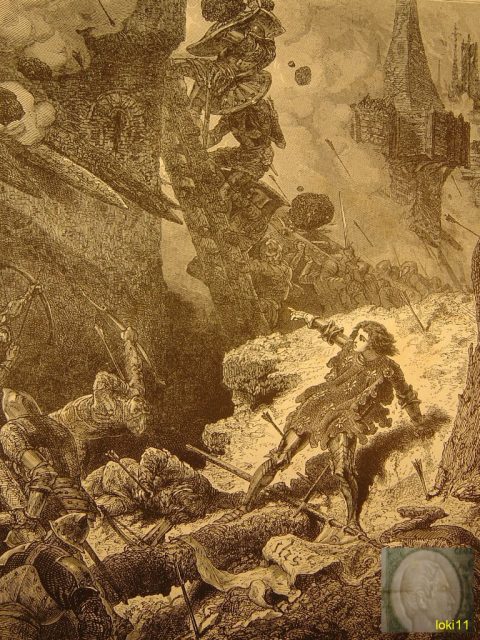
1590
During the 16th century, France was again torn apart by a period of protracted warfare: the Wars of Religion. Catholics and Protestants fought for the soul of the country, not to mention its wealth and power.
Following the accession to the throne of the Protestant Henry IV, the Catholics saw their dominance at serious risk for the first time. Many powerful Catholics resisted Henry’s accession. Paris had a population of over 200,000, making it one of the largest cities in Europe. It became an important base for the Catholic League.
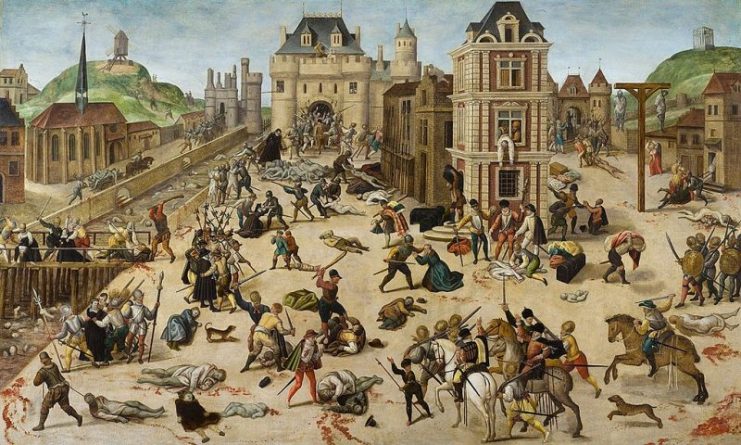
On the 7th of May 1590, Henry arrived to besiege the city, backed by a force of Protestant French Huguenots and their English allies. He didn’t have enough artillery to batter the walls effectively, so he decided to starve the city out. 40-50,000 Parisians died over the following months, most of them from hunger.
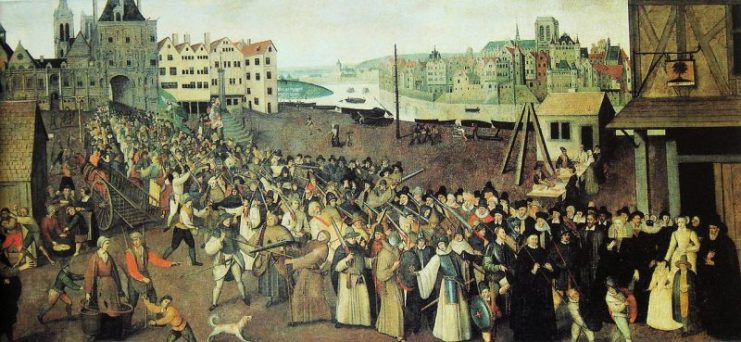
On the 30th of August, news came that a large army of French and Spanish Catholic troops was on its way to relieve the city. Henry called off the siege rather than face them.
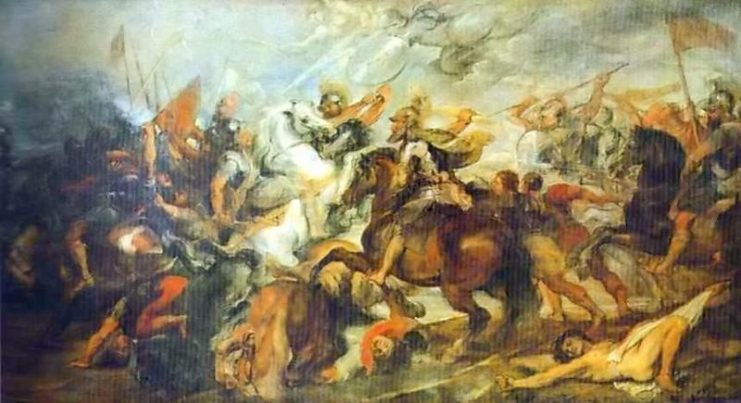
Henry eventually took control of France, partly by renouncing his Protestantism, only to be assassinated by a Catholic fanatic.
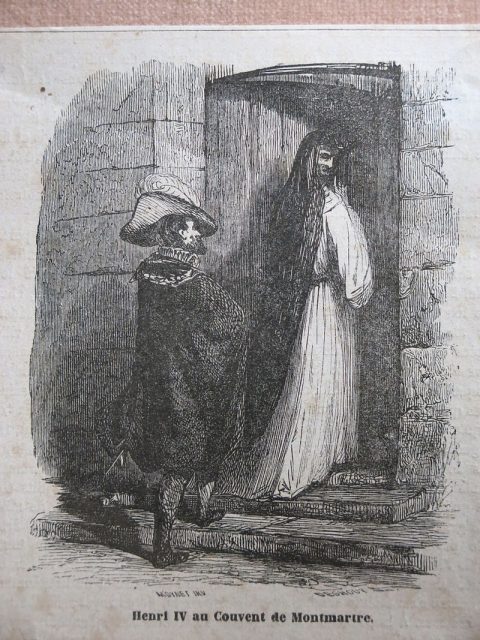
1870-71
In the late summer of 1870, France was invaded by an alliance of German states led by Prussia. After defeating the French army at the Battle of Sedan in early September, the Germans marched on Paris and laid the city under siege on the 19th.
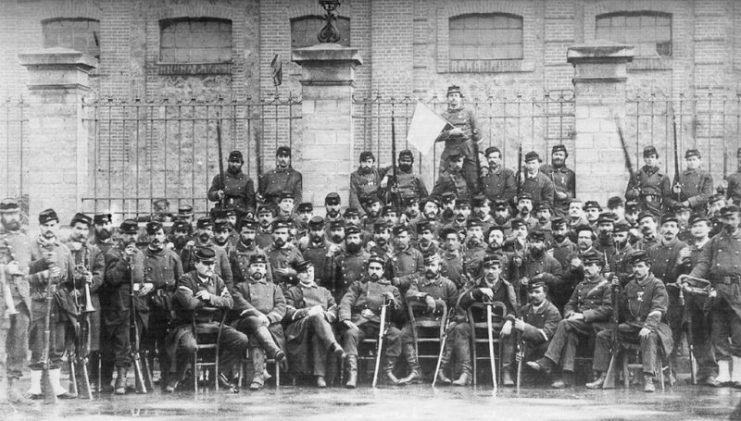
For the next four months, the Parisians suffered from sporadic bombardment and constant shortages of food. No animal in the city was safe from their hunger – even the animals in the zoo ended up being served as dinner.
Meanwhile, with Emperor Napoleon III having fallen, a new republican government was set up, safely away from the besieged capital.
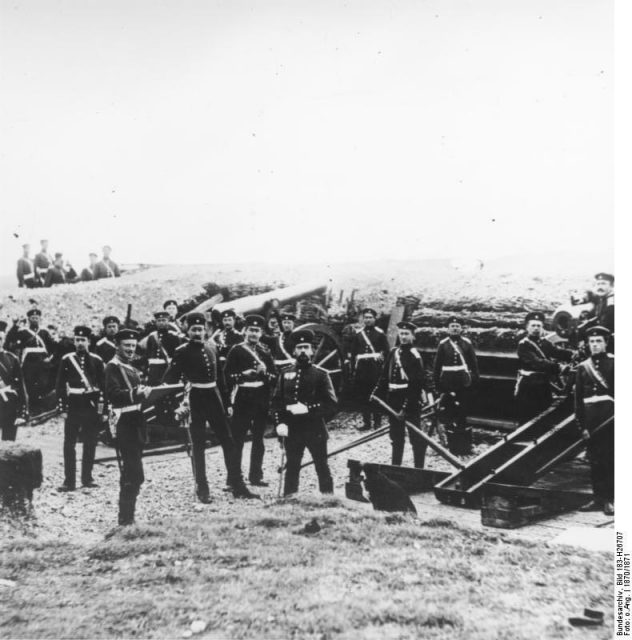
There was sporadic fighting, both attacks by the Prussians and counterattacks by the encircled French, but little changed for months. In late January, the Republican government agreed on a peace settlement with the Germans, which included disarming the troops in Paris, the city paying an indemnity, and a German victory parade through the city.
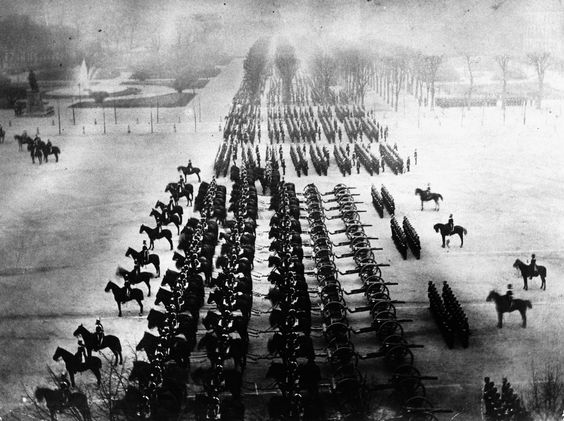
Read another story from us: Franc-Tireurs: French Partisans Were a Thorn in Germany’s Side
The war had made Germany, which united as a nation while the siege was ongoing. Resentment at its conduct and their suffering during the war led many Parisians to rise up later in 1871, leading to the short-lived Paris Commune.
